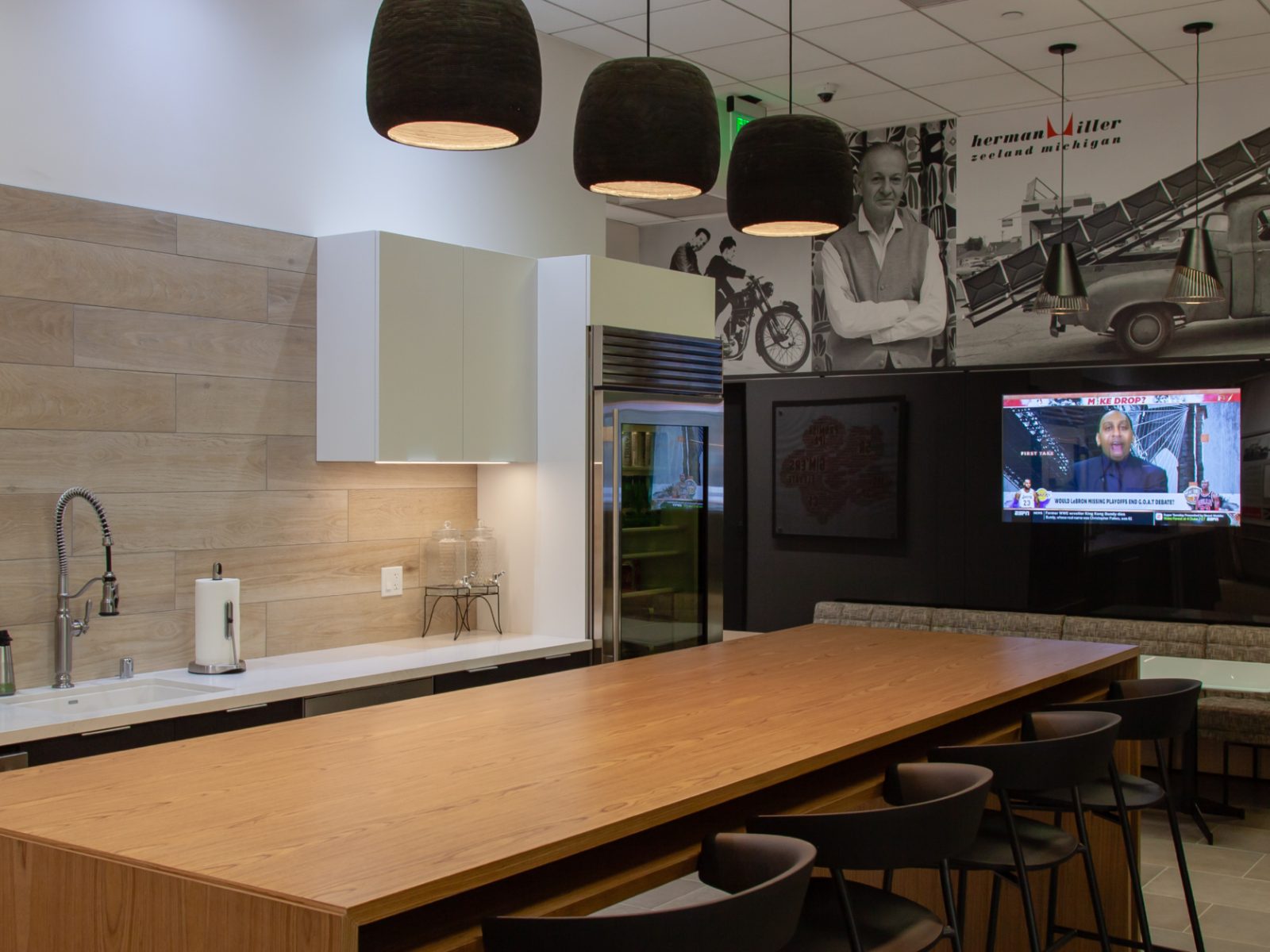How the Family Room Went Public
How the "daytime living room" can help address the blurred line between work life and home life.

In 1945, while conceiving his first collection for Herman Miller, George Nelson and Henry Wright published the seminal book Tomorrow’s House. “As soon as wartime restrictions end, the demand for housing will burst into a great building boom,” wrote the editors of LIFE, which printed a preview of the book. “This happened after the last war. But people did not know what they needed in a house. As a result they got homes which were outmoded before they were built.”
Nelson and Wright wrote with urgency: The window between the end of the war and the production of what would eventually balloon into 13 million new houses was short, and it was up to them to save America from its traditional self. Despite the title, their book was not a catalog of technological advancement—when they write of climate control and solar heating, their suggestions include attic fans and concrete floors to store daytime warmth.
Tomorrow, to them, was social. Tomorrow, we would acknowledge that modern women work. Tomorrow, we would grant that kids need somewhere to play. Tomorrow, we would think about storage. Tomorrow, we would embrace how we use our homes today, rather than buying the clapboard cottage with shutters mentally filed under, “Dream House.”


























